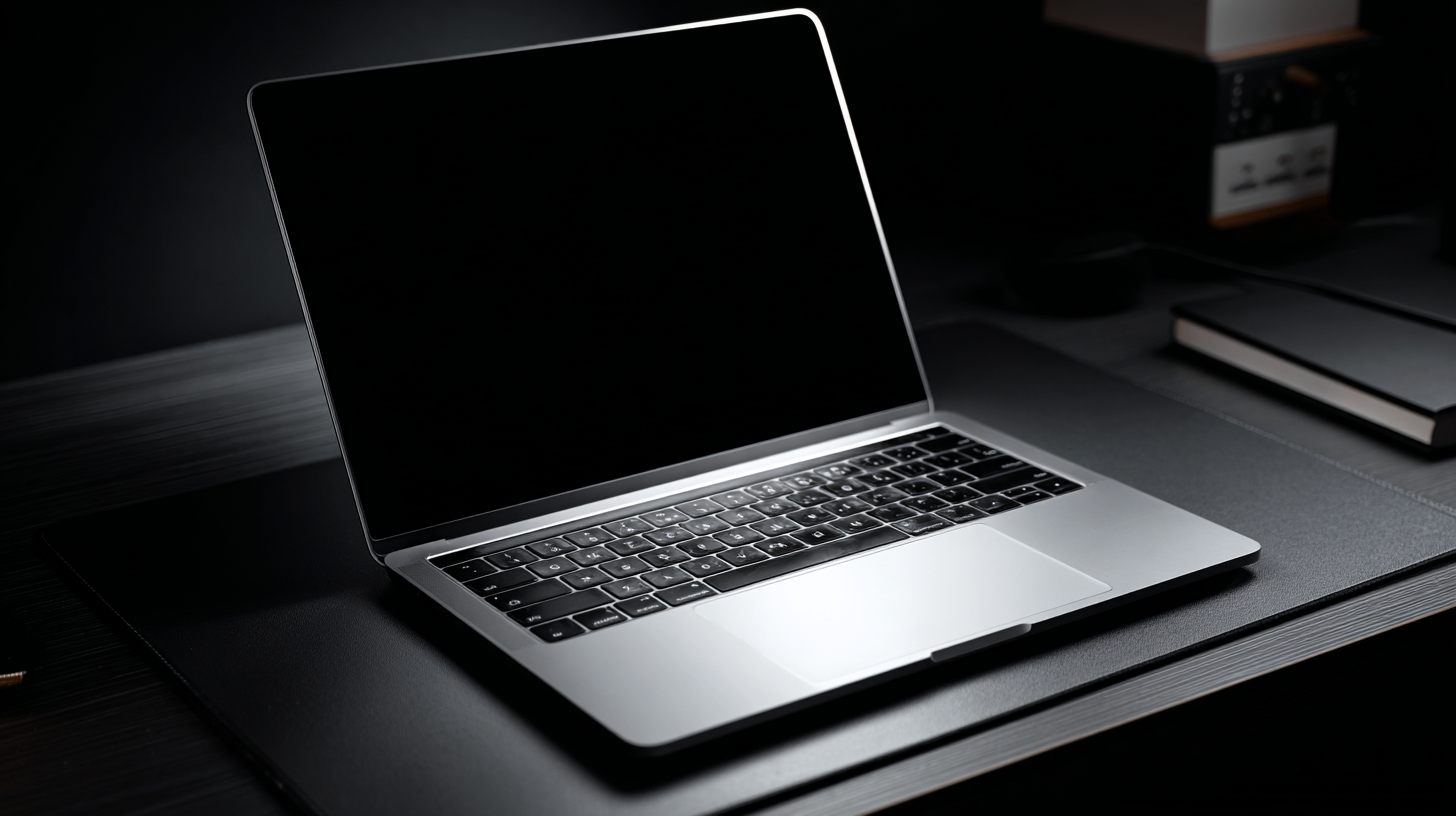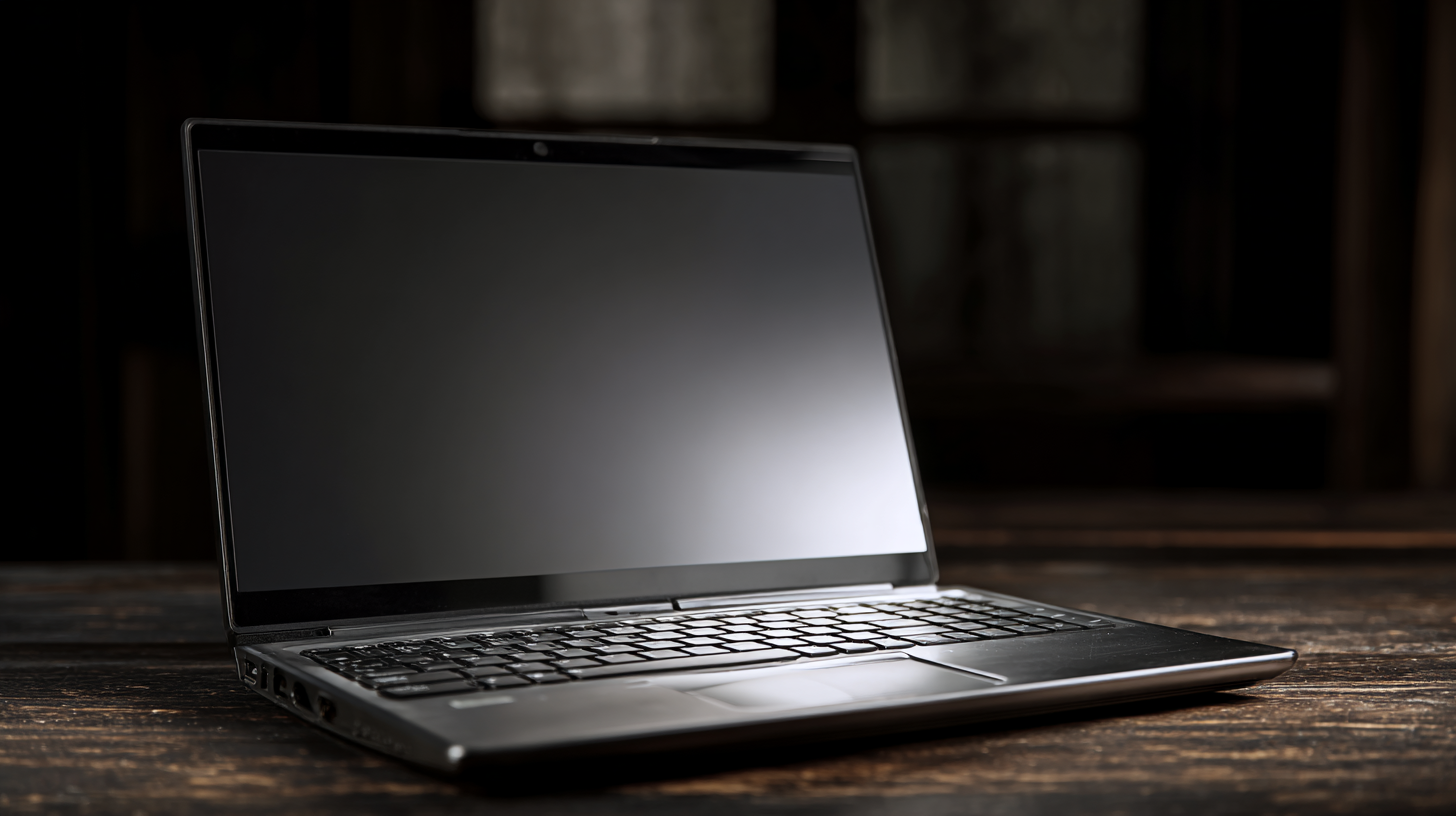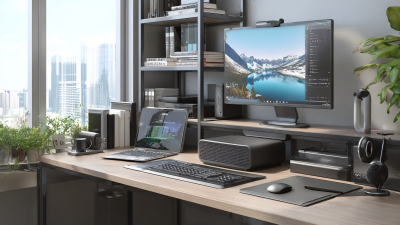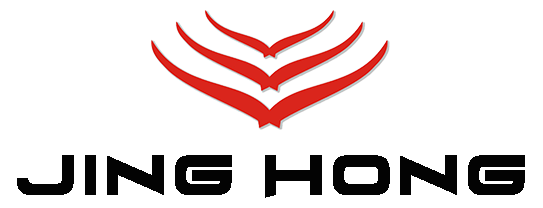One-stop service of R&D, production and sales for 10 years
Leave Your Message
In the evolving landscape of remote work, selecting the right tools is paramount to achieving productivity and success. The demand for high-performance devices, particularly the Notebook Computer Laptop, has surged as employees adapt to working from home. According to a report by Gartner, remote work has increased by 40% since the onset of the pandemic, emphasizing the need for reliable and efficient technology. Furthermore, a survey by IDC indicates that 60% of remote workers experience obstacles due to inadequate hardware, which highlights the critical role of a capable notebook in fostering an effective work environment. As companies and individuals alike recognize the importance of selecting the best notebook computer laptop, understanding key features and specifications becomes essential for optimizing remote work performance.

When it comes to selecting the ideal notebook computer for remote work, the choice of processor plays a critical role in determining performance and efficiency. With the rise of modern workloads requiring robust computing power, the newest generations of processors have become essential. The latest models, such as the fourth generation of AMD EPYC processors, offer enhanced capabilities that can handle multitasking and demanding applications with ease. This ensures that remote workers can maintain productivity and efficiency while navigating various tasks, from video conferencing to data analysis.
Moreover, as the market for electronic components, including surface-mount inductors, continues to grow, reaching a projected value of 1,685.5 million dollars by 2032, the demand for powerful and efficient computing solutions becomes even more evident. Companies providing advanced systems equipped with cutting-edge processors are well-positioned to support remote work trends effectively. With services like remote workload testing and benchmarking, these innovations allow businesses to optimize their workflow and ensure seamless operational performance in a fast-evolving hybrid work environment.

In the realm of remote work, effective multitasking is crucial for maintaining productivity. One of the key components that facilitate smooth performance is the amount of RAM in a notebook computer. According to a recent report by the International Data Corporation (IDC), laptops with at least 16GB of RAM are preferred by remote workers, as they significantly enhance the ability to run multiple applications simultaneously without slowdowns. This is particularly important for tasks that involve heavy-duty software, such as video conferencing tools, graphic design applications, and data analysis programs.
Moreover, the need for adequate RAM goes beyond just performance; it also contributes to a seamless user experience. A study conducted by PCMag revealed that users with 32GB of RAM experience 50% fewer crashes compared to those with only 8GB, enabling them to stay focused on their work rather than troubleshooting technical issues. As remote work continues to be a prevalent mode of employment, understanding RAM requirements can help individuals choose the right laptop to meet their needs, ensuring that they can navigate through their tasks efficiently and effectively.

When evaluating display quality for remote productivity, screen resolution and size play crucial roles. A higher screen resolution, such as 4K, allows for sharper text and images, reducing eye strain and enhancing visual clarity during long work hours. This is particularly important for professionals who engage in tasks that require detailed visuals, such as graphic design or video editing. A high-resolution display can significantly improve the overall experience, making it easier to multitask by viewing multiple applications or documents simultaneously.
Screen size is another vital aspect to consider. Larger displays provide more screen real estate, allowing for better organization of workspaces and easier access to multiple open windows. Whether using an external monitor at home or a portable monitor while traveling, having adequate screen size can lead to heightened productivity and comfort. Investing in a quality display setup is not just about aesthetics; it can transform the remote work experience, providing the tools necessary to stay focused and efficient.
When selecting a notebook computer for remote work, battery life is a critical factor that can significantly affect productivity. According to a report by TechRadar, the average battery life for laptops in 2023 has improved to about 12-15 hours, which is ideal for professionals who need to work all day without worrying about finding a power outlet. A device with a long-lasting battery ensures that you can stay connected during meetings, complete work assignments, and manage tasks efficiently, all while maintaining a flexible workspace.
Tips: Consider investing in laptops that feature advanced battery technology, such as lithium-polymer batteries, which tend to provide longer life and faster charging capabilities. Additionally, look for models that offer power management software, which allows you to monitor usage and adjust settings for maximum efficiency.
Furthermore, while manufacturers often advertise impressive battery life, real-world usage can differ. A report from Laptop Mag revealed that factors like screen brightness, running applications, and even connectivity options can drain battery life faster than anticipated. Therefore, it’s advisable to choose laptops that offer adjustable brightness settings and energy-saving modes to optimize performance.
Tips: Always read user reviews and seek devices with good battery performance ratings in real-world conditions, not just in ideal laboratory tests. Make sure to carry a power bank if you often work on the go, as this can serve as an extra layer of reliability during extended work sessions.
When selecting a notebook computer for remote work, the operating system (OS) plays a crucial role in software compatibility and security. The two most dominant operating systems are Windows and macOS, each offering distinct advantages. Windows is renowned for its broad compatibility with a vast array of applications, making it ideal for professionals who rely on specific software tools. Its continuous updates also enhance system security, although users must remain vigilant against potential vulnerabilities.
On the other hand, macOS is favored for its intuitive interface and robust security features. It seamlessly integrates with other Apple products, which can enhance productivity for users already within the Apple ecosystem. Furthermore, macOS is less susceptible to malware, providing an added layer of protection for remote workers dealing with sensitive information. Ultimately, the choice of operating system should align with individual work requirements and personal preference, ensuring optimal performance and security while working remotely.
| Operating System | Compatibility | Security Features | Best For |
|---|---|---|---|
| Windows 10 | High compatibility with most software | Windows Defender, BitLocker | General productivity and gaming |
| macOS | Great for creative software | Gatekeeper, FileVault | Design and multimedia work |
| Ubuntu (Linux) | Good for programmers and developers | AppArmor, built-in firewall | Software development and server management |
| Chrome OS | Best for web-based applications | Sandboxing, verified boot | Web browsing and simple tasks |
| Fedora (Linux) | Good for developers and tech enthusiasts | SELinux, DNF security updates | Exploring new technologies |






